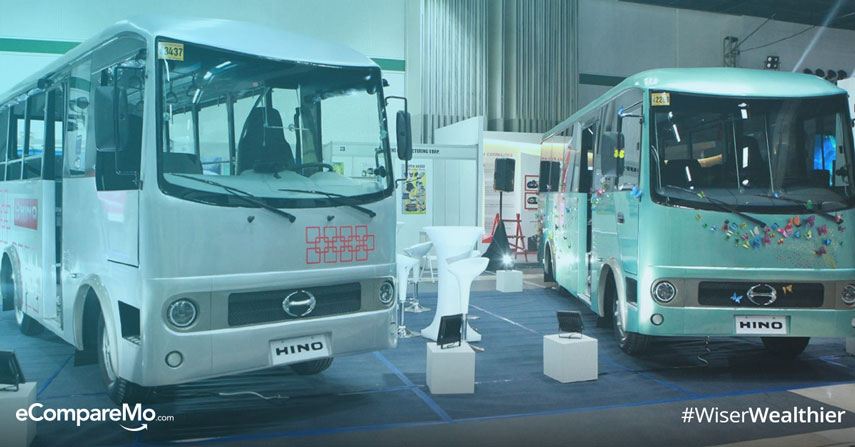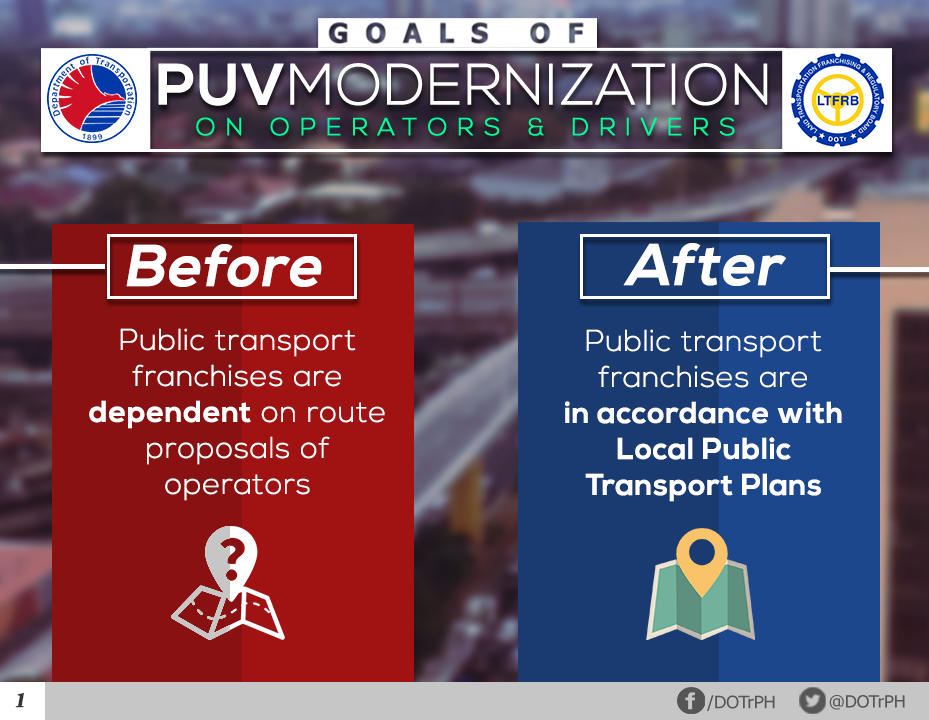The Jeepney Modernization Program And How It Will Affect Your Daily Commute
3 min readSeveral transport groups have been staging a nationwide transport strike that’s supposed to inconvenience the commuting public. The boycott—organized by jeepney coalitions such as PISTON, Stop and Go Coalition, and No to Jeepney Phase-out Coalition—was held in different parts of the country.
According to one of the leaders of the said group, the rally was aimed at the government’s jeepney modernization program, which they believe is a phase-out scheme for the humble king of Pinoy road.

The Department of Transportation’s (DOTr) program to overhaul the iconic Filipino public transporter has been in the pipeline for quite some time already. While some transport groups are welcome to the changes brought by the modernization program, a few others insist that the old ways must remain unchanged by the times.
Why is this modernization such a big issue, and what are the things you need to know about the planned movement to make the jeepney more attuned to modern times?
What does “jeepney modernization†really mean?
In 2015, the Land Transportation Franchising and Regulatory Board (LTFRB) unveiled its plan to introduce policies that will impose a strict limit on the age of public transport vehicles.
LTFRB’s Resolution No. 2013-10 states that public vehicles beyond the 15-year-old limit will be decommissioned as part of the DOTr’s massive overhaul of the public transport system.
“A transport system with modern and roadworthy PUVs plying the national roads prevents pollution and ensures a reliable and safe commute for the riding public,†explains former LTFRB Chairman Winston Ginez.
However, jeepneys aren’t the only sector affected by the program; buses and vans will also become subjected to it.
How will the LTFRB implement the jeepney modernization program?
To reorganize the public transportation system, the LTFRB will overhaul the jeepneys from the ground up. Aside from the recall of aging jeepneys due to their environmental effects and poor passenger safety standards, there are also other measures that the board wants to implement to make the system more coherent.
Aiming to make public transport routes more efficient and therefore cause less traffic, House Bill 4434 and Senate Bill 1284 will implement the “route rationalization.â€
Once it gets the green light from both the House and Senate and gets approved by President Rodrigo Duterte, the LTFRB will revoke all existing line franchises and issue new ones with better and more sensible routes.

The government will be the one responsible in the planning of new routes, not based on suggestions of operators.
Apart from the route rationalization, single unit operators will also be prohibited from applying for new franchises.
Much like what the government did with taxis a few years back, only operators with a minimum of 20 jeepneys under its fleet will be able to apply for a new franchise. By 2019, the minimum will be bumped up to 40 units.
The modernization of jeepneys will also entail the standardization of drivers’ salaries. In the old days, operators had to use the boundary system, which starts a reckless competition among drivers just to reach their quota.

Under the new system, drivers will be given regular salaries with corresponding employment benefits. Salaried drivers will also receive adequate training to become more responsible in plying the public roads.
Will the jeepney be phased out, just like what transport groups claim?
In a statement, the No to Jeepney Phase-out Coalition said that the words “modernization,†“route rationalization,†and “other proponents of the Traffic Emergency Power being pushed in the Congress†are just words being used to sugarcoat the phaseout of jeepneys.
However, LTFRB spokesperson Atty. Aileen Lizada said that the program only aims to “level up the type of jeepneys we have on the road.â€
“Do not believe leaders who say that they will be totally taken out of the road. That is not true. We do not have a phaseout for jeepneys,†Lizada said. The replacement units, which is more efficient and environmentally friendlier, will use electric motors and Euro 4-compliant 30kW AC engines. In addition, the modernized jeeps will have features like a seating capacity of up to 26 persons, side entrance, GPS navigation, and automated fare collection system.
According to a report by Top Gear Philippines, these modern versions of jeepneys will cost somewhere between P1.2 million and P1.6 million. Meanwhile, the Manila Times estimated the cost to be around P900,000 to P1.3 million. To take out old jeepneys and help drivers have a capital to buy the new ones, Lizada said the DOTr will shoulder the costs of taking them off the road.
